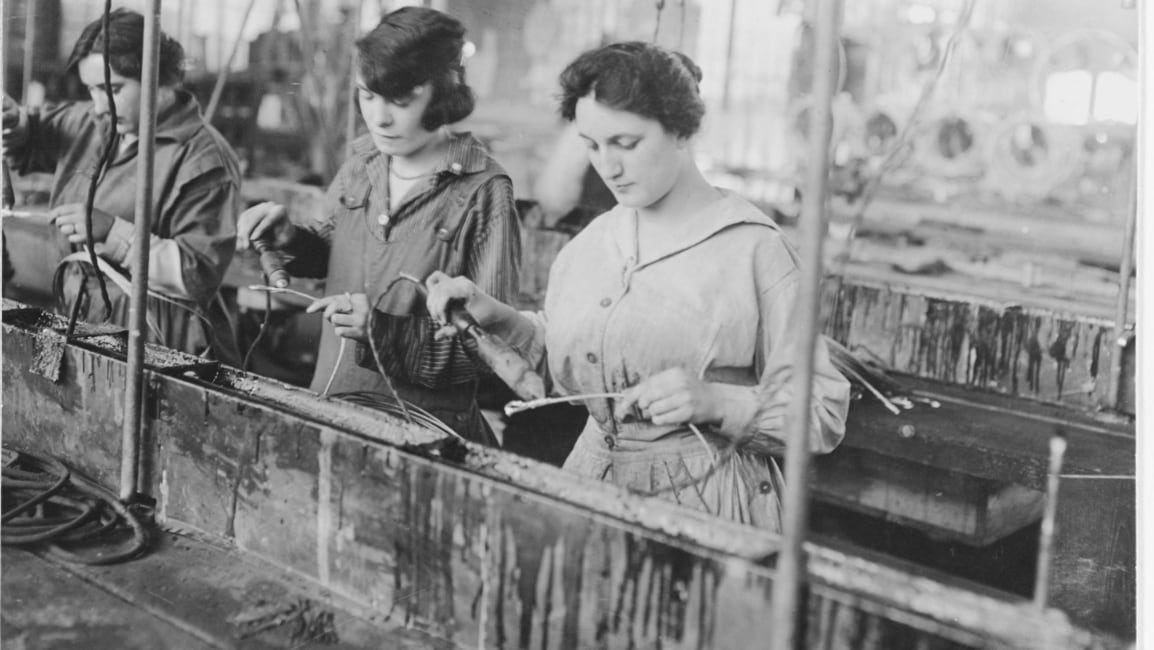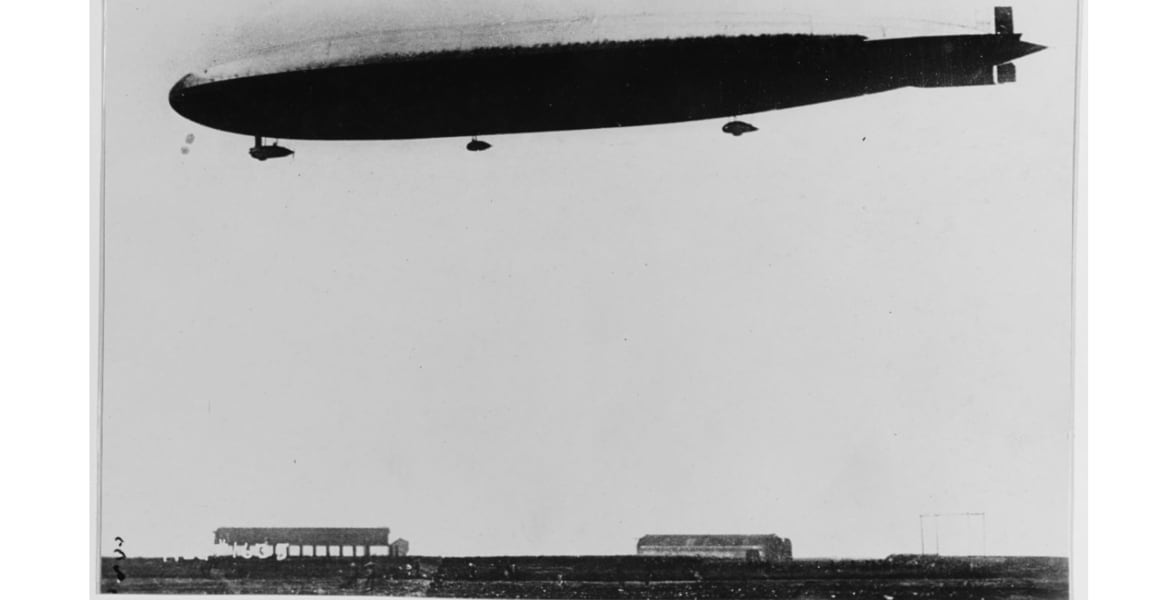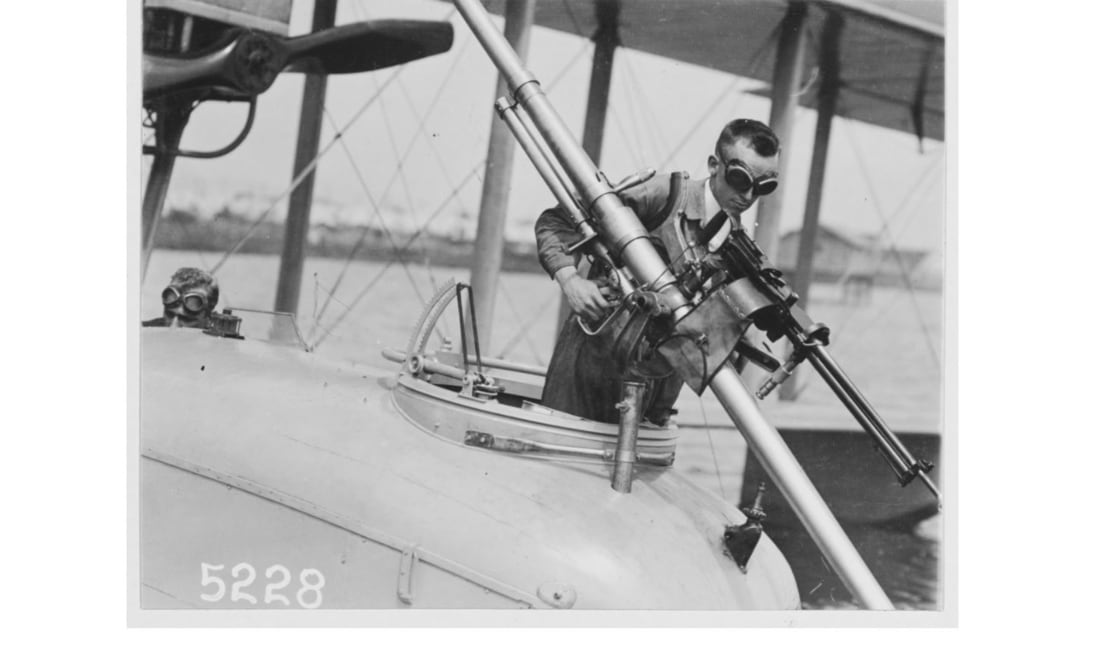In a peculiar contravention of American capitalist principles, the U.S. Navy established its own aircraft production facility — the Naval Aircraft Factory — in Philadelphia in October 1917.
Its first product was the Curtiss H-16 flying boat, 150 of which were produced under license. By the end of March 1918, NAF-built H-16s were flying anti-submarine patrols over European waters.
Apart from the license-produced Liberty Engine de Havilland DH-4, the H-16 was the only American-built aircraft to serve in the American Expeditionary Forces over Europe during World War I.
It was not long, however, before the NAF initiated development of an original aircraft design.

Designated the N-1, it was the first Navy airplane designed specifically for the attack role, as well as one of the most unusual aircraft ever developed for that service.
To understand why it looked the way it did requires an understanding of the weapon it was designed to employ.
The Davis Gun, the world’s first successful recoilless cannon, fired a shell from its muzzle while simultaneously firing a charge of lead balls and grease out the rear of the gun to cancel out the recoil. Designed by Navy Cmdr. Cleland Davis in 1910, it came in bores of 40mm, 62mm and 76.2mm, firing shells of 2, 6 and 12 pounds, respectively.
Since the Davis Gun was a single-shot weapon, a Lewis machine gun was frequently attached to it to aid in lining up on the target before firing the shell.
During WWI Britain experimented with mounting the Davis Gun in the noses of various aircraft. It briefly appeared on the Handley Page O/100 bomber and the Curtiss HS-2L flying boat for potential use by the Royal Naval Air Service against submarines.
In May 1916, Robey Company Ltd. began work on a large single-engine biplane designed by J.A. Peters, with two Davis gunners perched in nacelles on the upper wing to attack Zeppelins.
On its first test flight in May 1917, however, the Robey-Peters Davis Gun Carrier crashed into a local mental hospital. The pilot was unhurt, but Robey apparently considered this a bad omen and burned the prototype.
Another unusual aircraft intended for anti-Zeppelin duties, the Supermarine P.B.31E quadruplane had a glazed enclosed cabin accommodating up to five men and a sleeping berth for off-duty crewmen.
Powered by two 100-hp Anzani 9-cylinder radial engines, it was intended to stay up for nine to 18 hours, waiting to intercept Zeppelins with its Davis gun or two Lewis machine guns atop the upper wing.
First flown in February 1917, it was promptly rejected because its 60 mph speed and 60-minute climb to 10,000 feet made it slower than its intended prey.

After the United States entered the war in April 1917, the Navy also became interested in using the Davis Gun as an airborne weapon against U-boats. But whereas the British had adapted large maritime-patrol flying boats to carry the gun, the NAF built an aircraft specifically for that purpose.
Designed by Jerome Hunsaker, the N-1 was a large, two-seat, single-engine pusher floatplane powered by a single 330-hp Liberty engine. Although the pusher configuration was obsolescent by that time, it was considered necessary in this case in order to provide a roomy cockpit in the nose from which the gunner would have a clear field of fire for his bulky Davis Gun.
The N-1 was a clumsy-looking biplane with the upper wing mounted flush with the top of the fuselage and the tail surfaces supported by a latticework of four longerons and bracing struts in order to clear the propeller.
The lower wing was mounted well below the fuselage, and the twin main floats were attached to a spindly set of struts well below that.
The gunner stood in the bow of the nacelle, an arrangement that provided him with a perfect view and field of fire.

The N-1 was 37 feet 8 inches long, with a 51-foot wingspan. Its ceiling was 7,800 feet, and while the maximum speed is not specified, it could not have been much above 100 mph.
The N-1 looked both top-heavy and flimsy, so it’s hardly surprising that in May 1918 the first prototype was damaged beyond repair when its landing gear collapsed as it was about to take off.
Thus postponed, the N-1’s first flight was achieved by the second prototype on July 27.
Two more N-1s were built and flown after the war, in July 1919.
Reports of the resulting flight trials indicate that while the Davis Gun mounting worked well enough, the aircraft itself was unsatisfactory.
The engine overheated frequently while taxiing, and takeoffs were difficult when the N-1 was loaded with more than a half-hour’s worth of fuel, which was clearly insufficient for its proposed mission of anti-submarine patrol.
Consequently, the N-1 was deemed operationally useless, and both the aircraft and the concept were rejected.
The NAF continued to produce aircraft, most famously the N3N biplane basic trainer of World War II, more familiarly known to naval aviation cadets as the “Yellow Peril,” of which about 1,000 were built.
In May 1956, the Naval Aircraft Factory became the Naval Air Engineering Facility (Ship Installations), at which point it ceased airplane production and development activities.

This feature originally appeared in the May 2017 issue of Aviation History, a sister magazine of Navy Times. Subscribe here!





